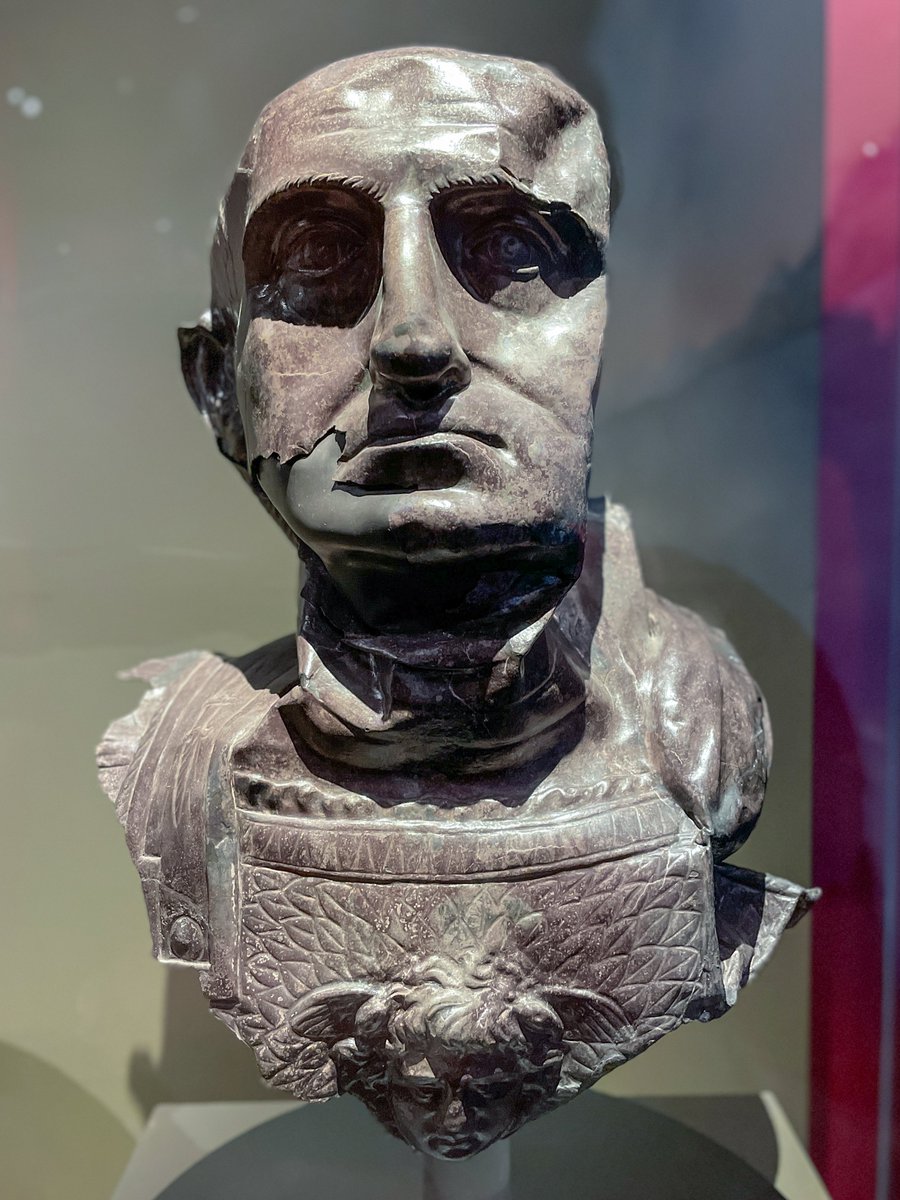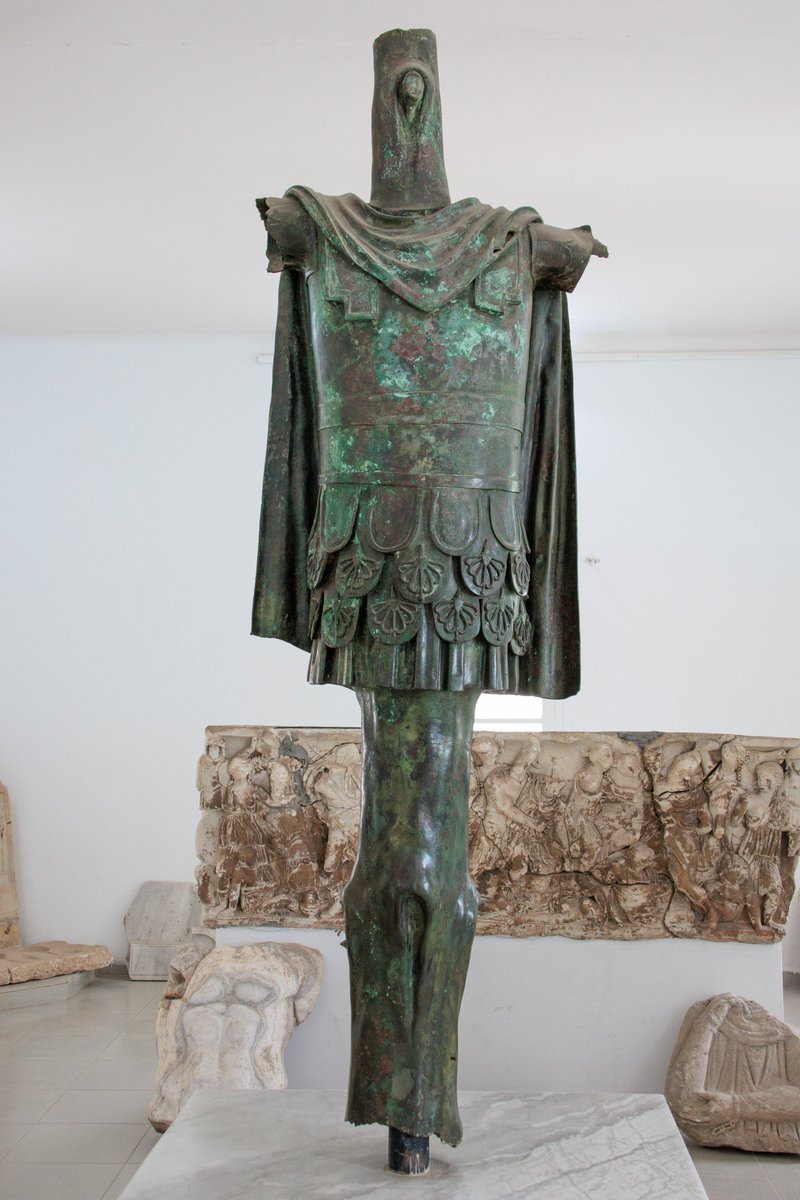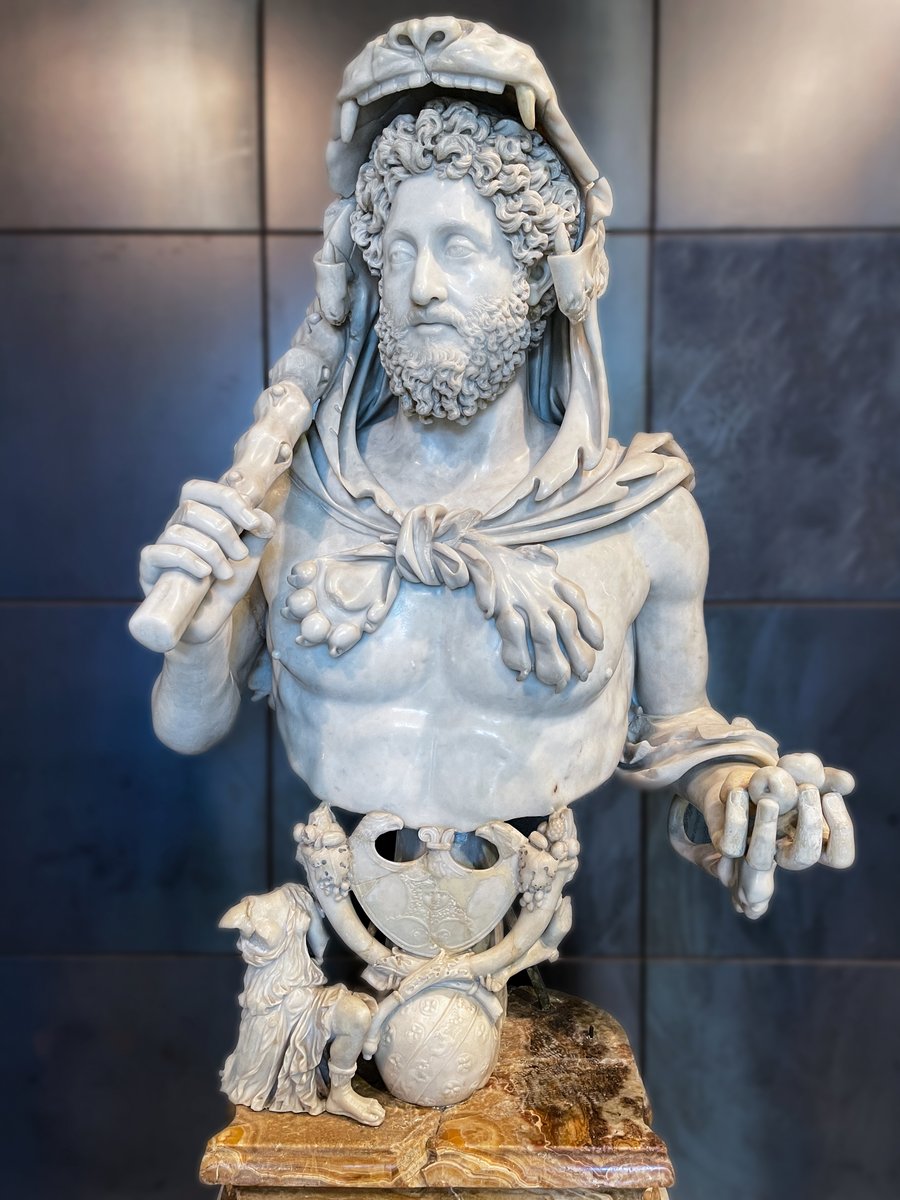1) During World War II, Malta was the most bombed place on earth, with more bombs dropped on the small island in two months of 1941 than on London during the whole war. When air raids were imminent, many took refuge in churches, praying for deliverance. As on 9th April 1942.. 

2) In the town of Mosta, in the Northern Region of Malta, over 300 of the town's devout Catholic inhabitants gathered defiantly for evening mass in the Rotunda of Mosta, under the spectacular dome modelled on Rome's Pantheon. Meanwhile, in the skies above.. 

3) Luftwaffe bombers returning from a raid on the nearby airfield of RAF Ta Kali, looked for targets on which to drop their excess bombs. At 16:40pm, as they passed directly over the great Mosta Dome, the Luftwaffe jettisoned their remaining payload... 

4) Two bombs deflected off the great dome, but a third struck more directly. The 500kg German high-explosive demolition bomb smashed through the dome above the packed congregation.. 

5) After piercing the dome's coffers, the bomb hit the face of Jesus on the rotunda's frescoes painted by Giuseppe Cali. Deflecting off the face of Jesus it smashed into the floor of the church ..and failed to detonate. None of the stunned parishioners in the church were injured. 

6) With the church safely evacuated, the bomb needed to be defused. Not knowing if its fuse was in fact a delayed-action time bomb or an anti-handling booby trap, the live bomb was courageously deactivated by Royal Engineers Officers Lt. Thomas Blackwell and Lt. George Carroll. 

7) The Mosta bomb was disposed of in the sea off Malta's west coast but one of the same type is today displayed in the church's sacristy, under the words Il-Miraklu tal-Bomba, 9 ta' April 1942 ("The Bomb Miracle, 9 April 1942"). 

8) Today the unpainted coffers of the Mosta dome and restored face of Jesus on Giuseppe Cali's wall paintings, serve as reminders to the 'miracle bomb' of 9 April 1942. {END} 

• • •
Missing some Tweet in this thread? You can try to
force a refresh






















